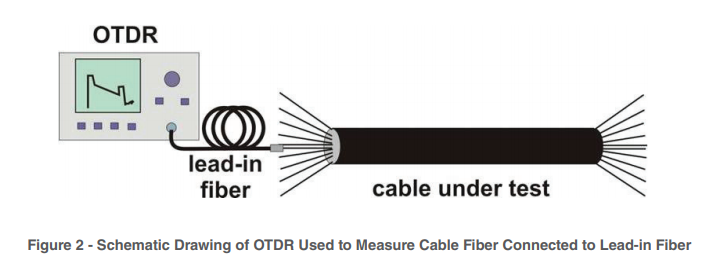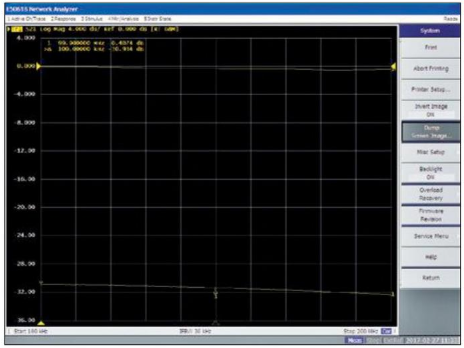eero is smart wifi system that replace traditional wifi router, wifi extender and internet booster in One device eero system . eero works with eero TrueMesh Software App.
Unlimited Mesh
With TrueMesh, WiFi hops between eero devices to travel down hallways or go around walls. Most other WiFi systems only allow for one hop in any direction — so something as simple as a wall can mean that your devices can’t get the WiFi they need. eero allows for more hops with less speed degradation — so you can cover any home and navigate around any obstacle.
Solving Congestion
TrueMesh technology knows the signal strength between each eero in your home and calculates the best path from your device to the internet. If there’s a disruption on any part of your network — like if a pet knocks a Beacon out of the wall — TrueMesh dynamically reroutes traffic to keep it balanced. All this happens in the background so you don’t notice a thing.
Automatic Software updates
Normal routers require you to proactively install security patches — but let’s be honest, most of us never do that. eero automatically updates its encryption and security protocols to protect your network from the newest threats. You always have the latest features and security.
Control at Your Smartphone
With WiFi App by installing TrueMesh App,your network speed, which devices are connected and make sure each eero working properly. you can control all the eero function with your Smart Phone, works with Alexa, Amazon WiFi
Placing Additional eero
The eero app walks you through placing additional eero devices in your living room, bedrooms, kitchen, or hallways to bring WiFi to every inch of your home.
Optimize Your Home
From when your start activated eero, eero TrueMesh software begins learning from and optimizing for your space, devices, and network usage. So every device gets a reliable connection all the time, everywhere in your home.
eero come with 3 type :
eero is WiFi router and extender, and covers area up to 1,500 sq.ft
is tri band WiFi Router and Extender by cover area up to 1,750 sq.ft
is WiFi Booster for expand your wireless coverage capability up to 1,500 sq.ft
With 3 pack eero as technical spec from eero, you can get covers area up to 5,000 sq.ft , this suitable for common house in America and Canada.
You can change the eero by mixed it as your coverage needs.
For example if you have house with 3000 sq.ft , you need 1 eero and 1 eero Beacon, or 1 eero Pro, and 1 eero Beacon.


























